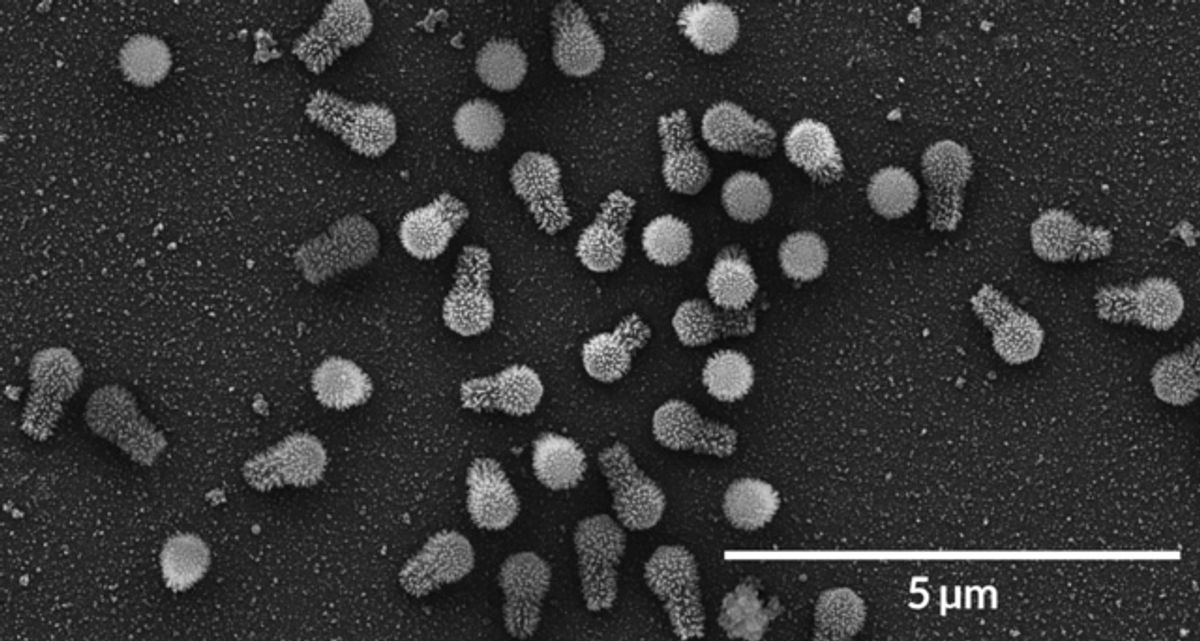ABOVE: Monir Moniruzzaman DIANA UDEL, UNIVERSITY OF MIAMI
Mohammad “Monir” Moniruzzaman has been naturally curious ever since he was a kid growing up in Bangladesh. An avid reader, he was especially fond of stories about nature or adventures into the unknown, and he loved examining things up close to discover their secrets. Perhaps unsurprisingly, “one of my favorite toys was a magnifying glass,” Moniruzzaman says.
In school, Moniruzzaman studied microbiology, earning bachelor’s and master’s degrees in the subject from Dhaka University. His master’s study focused on the distribution of diarrheal pathogens such as Vibrio cholerae, the causative agent of cholera, in different aquatic environments. Moniruzzaman tells The Scientist that he really enjoyed the fieldwork—seeing the microbes not just in a lab, but out in the world. After receiving his degree in 2011, he began a PhD at the University of Tennessee, Knoxville, with microbiologist Steven Wilhelm, who led one of the first labs to begin studying a mysterious group of pathogens discovered only eight years before: the giant viruses.
“When Monir joined the lab, this research area of giant viruses was brand new,” says Wilhelm. “This created an incredible opportunity for him to really just explore things.”
Giant viruses belong to a strange and poorly understood group that defies many basic assumptions about viruses, leading scientists to initially classify some as bacteria. Moniruzzaman focused on the relationship between these viruses and their hosts, particularly marine algae, by sampling the waters along the coast of New England. He used genetic testing to tease out the signatures of viral populations in these samples and to understand how they changed over time. In doing so, he discovered that some viruses go through boom-and-bust cycles while others maintain steadier populations, suggesting the viruses can play dynamic roles in marine ecosystems.
See “Viruses Reconsidered”
Following his time in Wilhelm’s lab, Moniruzzaman joined Alexandra Worden at the Monterey Bay Aquarium Research Institute in 2017 and then Frank Aylward at Virginia Tech in 2018 for back-to-back postdocs. In Aylward’s lab, he studied metabolic genes hidden in the genomes of giant viruses. Viruses generally lack such genes, relying entirely on their host cells to drive basic metabolic processes, but some giant viruses have been found to contain genes that encode enzymes involved in nutrient uptake and light harvesting. Researchers have suggested that these snippets may be used to reprogram the host cell, supercharging it to produce more energy for the virus.

Moniruzzaman also frequently probes how these viruses are related to one another. One morning in 2019, he entered known giant viral genes into a public database to see whether anyone had uploaded similar sequences. He got some new hits, but they weren’t linked to viruses at all; they were genes that had been identified in algae.
Moniruzzaman says he thought this was strange, and he and Aylward sat down to talk through the conundrum. Either the algal sample had somehow gotten contaminated by a virus—a common issue in the field—or the finding was accurate, which would mean that the algae and the virus had swapped genetic material at some point in the past. If the latter, then it was something big, Aylward says. “So we sort of just stopped everything we were doing and focus[ed] on that.”
It turned out that the giant viruses were integrating their genomes—as many as 1 million base pairs—into their hosts’ genomes, and not just temporarily, but in ways that could last for generations and significantly alter the evolutionary trajectory of the algae. “They were sort of hiding in plain sight,” says Aylward, but “sure enough, [Moniruzzaman] found this amazing signal.”
See “Giant Viruses Can Integrate into the Genomes of Their Hosts"
Wilhelm says that Moniruzzaman’s two high-caliber publications in a single year were a significant accomplishment for an early career researcher, adding that it’s always rewarding to see students succeed after you’ve seen them struggle and grow as people. “Across all walks of life, in academia or sports, it’s that same feeling where you see somebody succeed like this, [and] you’re just really happy for them.”
Today, Moniruzzaman is starting his own lab at the University of Miami, where he plans to continue investigating how giant viruses work and how they’ve shaped the evolution and ecology of their hosts. The location of the coastal campus means that Moniruzzaman can once again travel into the field to collect samples of viruses in their native environments. There’s so much about these viruses we don’t know yet, Moniruzzaman says. “We’re still scratching the surface.”
Membership Open House!
Enjoy OPEN access to Premium Content for a limited timeInterested in exclusive access to more premium content?



